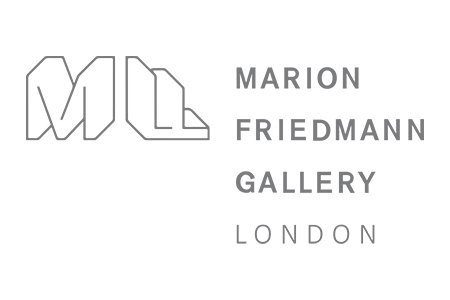STORY
Misha Milovanovich’s recent series, “Toka, Iwi, Peka, Ra”—drawing from the Maori words for Rock, Bone, Twig, and Sun—signals a new direction in her practice, one that delves into the elemental and the tactile. This shift is not simply stylistic; it marks a profound reconnection with the natural world that underpins her conceptual and physical approach. In this work, Milovanovich moves beyond the traditional studio, engaging directly with the land itself. By collecting organic materials—twigs, stones, and flora—she transforms them into sculptures that mirror nature’s cycles of decay and rebirth.
These sculptures are more than aesthetic objects; they represent an ecological conversation, challenging viewers to reconsider our relationship with nature. In this series, Milovanovich calls upon the restorative powers of both Mother Nature and the Divine Feminine, creating works that embody regeneration, where life continually emerges from decay.
With this series, Milovanovich aligns herself with an urgent contemporary dialogue about ecological consciousness. She not only participates in this discourse but extends it, demonstrating the artist's role as an agent of environmental awareness and respect. By taking elements that might otherwise be overlooked or dismissed, she brings forth symbols of resilience and hope, reminding us of nature’s relentless beauty and strength.
Exclusive to Marion Friedmann Gallery, these three vibrant, singular sculptures serve as a portal into Milovanovich’s layered inquiry—a work that doesn’t just depict nature but immerses itself in its tangled intricacies, prompting a quiet yet persistent reflection on humanity’s place within the raw forces of the natural world.



